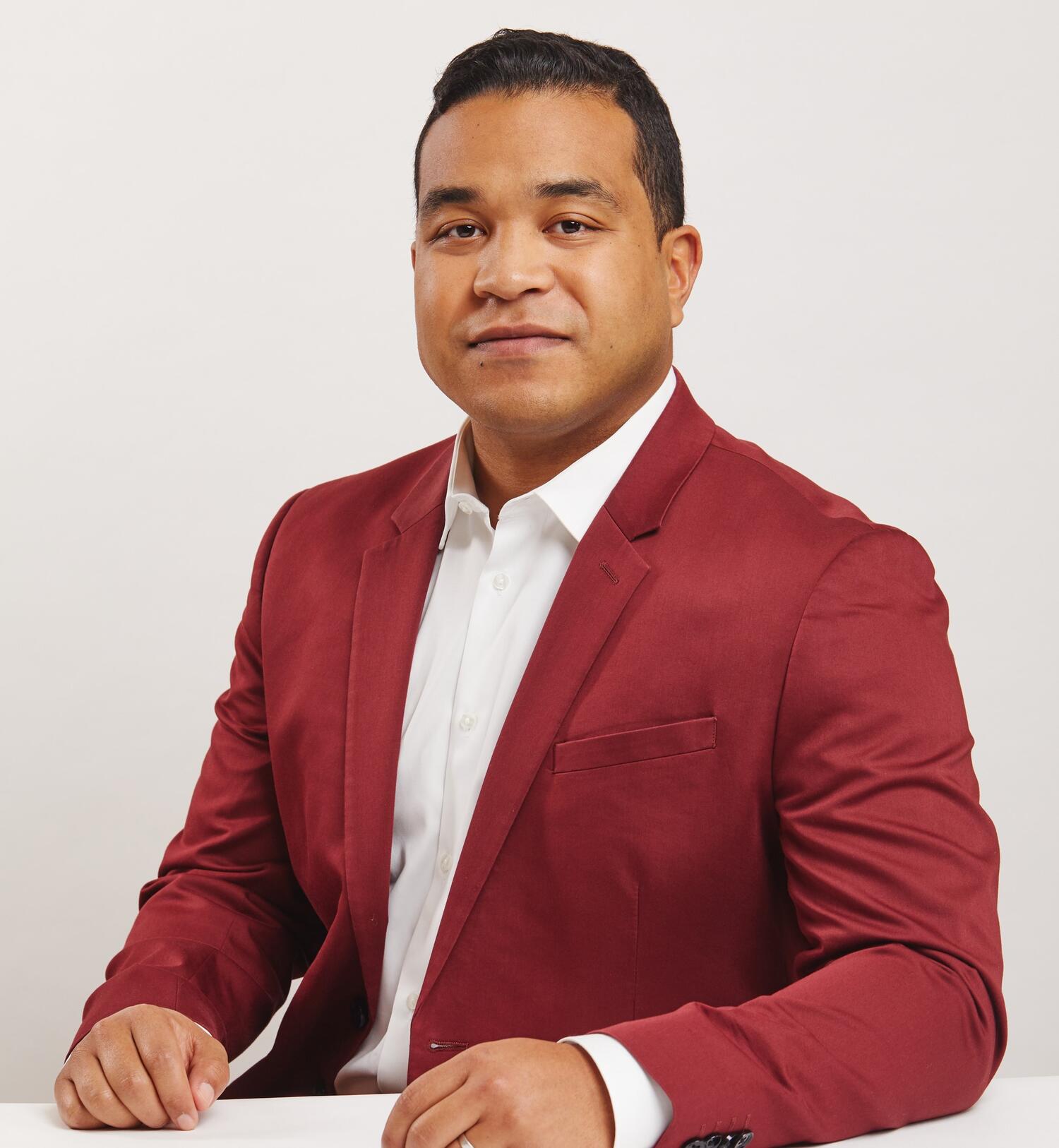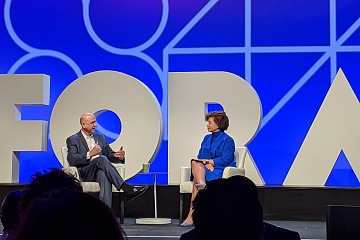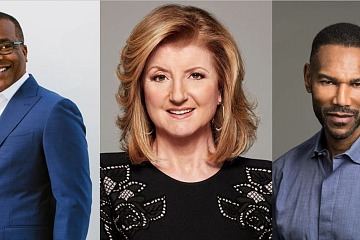
Diversity & Inclusion, Employee Experience, Innovation, Leadership & Management, Recruiting, Talent Management
Hiring for culture fit can lead to homogenous company cultures. While employers believe “culture fits” move faster when executing familiar tasks, when it comes to exploring new and unknown territory and innovation, diverse teams with “culture adds” come up with better ideas, execute them faster and need fewer resources to do so.
Early in my career, I was on a team of three people. My organization was very invested in the Myer-Briggs personality index. My teammates and I were INFP, ENFP, and ENFP.
While the three of us got along very well and acted empathetically, because we understood what made each other tick, we also had some considerable weaknesses and blind spots as a team.
For example, we were dreadful at logistics, details, and planning. (Within the Myers-Briggs index, people who are “NFP” tend to be more abstract, spontaneous, unscheduled – more likely to go with their gut feeling than to plan ahead and stick with it.)
True to form, we failed to develop concrete plans and had a “we’ll deal with that issue if/when it comes up” approach, rather than a proactive “plan and schedule” approach.
As expected, we were a nightmare for detail-oriented people from other groups who needed clear expectations and timelines.
By having a very homogeneous culture in our team—or a culture fit—our blind spots actually caused a lot of anxiety for people who depended on us. Some of our projects ultimately failed due to a breakdown of external partnerships.
Our team was cohesive and fun, but it was limited. We lacked a diversity of personalities and skill sets to help us get some things done well. On top of our shortcomings, our team also hesitated to try new things, instead focusing on the things we already knew how to do well.
Why hiring for culture fit is bad for business
Companies often look for people who fit best with the existing culture when they should be looking for someone who can add something new to the business, help fill blind spots, push boundaries and expand the horizons in ways that will equip the organization for future success.
Frans Johansson is the founder and CEO of The Medici Group, where he advises Fortune 100 executives, startups, venture capital firms and government agencies.
Frans’s research has found countless examples of how diverse teams lead to innovation. He challenges his clients to rethink the notion of diversity being a “nice-to-have…but at the end of the day the most qualified person should be hired,” which results in a “culture fit” approach.
Culture fit vs culture add
Frans points out how hiring for culture fit vs. culture add is flawed. This hiring strategy is riddled with biases and limitations in how we perceive expertise and qualifications. Here’s a great example to consider:
Imagine Greg and Valeria are both applying for the same job at the same company. Both candidates are strong, but Greg checks off more of the boxes that the company is looking for.
Greg has the right level of education, the work experiences they’re looking for and he just feels like a great fit. The hiring manager assumes that he would bring more to the company than Valeria, who unlike Greg, didn’t attend a top-tier school, and has so far worked for smaller, lesser-known companies.
Now, let’s take a look at the impact each of them would hypothetically have on the company if they were hired. Imagine the image below represents the collective knowledge, experience, and skill set of the organization prior to its decision of who to hire.
Each bubble represents an employee on the team in terms of what unique value they add to the business. When the circles overlap, it represents skills, knowledge, and experience that the individuals share.
Now, the next chart represents what their company would gain in terms of breadth of experience and expertise if they were to add Greg AND Valeria:
Valeria might be less impressive on paper, but she may offer a unique perspective and skill set that was previously lacking in the organization. In this example, she adds more value to the business than Greg.
Not only does she cover ground that no one else does, she also widens the overall pool of expertise, knowledge, and skills in ways the organization was not even aware it lacked. With Valeria, new doors can be unlocked, and this new frontier presents previously unknown opportunities for the organization.
But due to preexisting frameworks and biases around expertise and qualifications, this organization may end up passing on Valeria and missing out on the opportunity to take their culture and business to new places.
This is why the time has come to move beyond the idea of a “culture fit” and into a framework of a “culture add.”
While it is always important that applicants meet baseline qualifications and be compatible with the team to avoid fist fights in the break room, innovative organizations need to think less about who fits in to the business they have today and more about who opens doors to the kind of business they can be tomorrow.
So let's say the company decides to hire Valeria. Are they guaranteed to gain the benefits of her great ideas and new perspectives? Of course not.Adding Valeria to the team is just the first step.
Unless she is treated equitably every day, has a manager who listens and involves her in decision-making, and feels like she can offer her ideas freely in the workplace, all the potential she brings will likely remain untapped.
To unleash the competitive advantage of Innovation by All™, seek out people who can challenge conventional ideas and discover new intersections of thought. Then ensure your culture adds are involved and empowered to challenge and expand your culture, and therefore, your business.
Culture add and culture expand
Want to ensure your company is attracting diverse candidates or “culture adds”? Need to get a better pulse on your employee experience? Great Place To Work® is here to help you with both. Reach out to us today about our employer brand and employee experience solutions.













